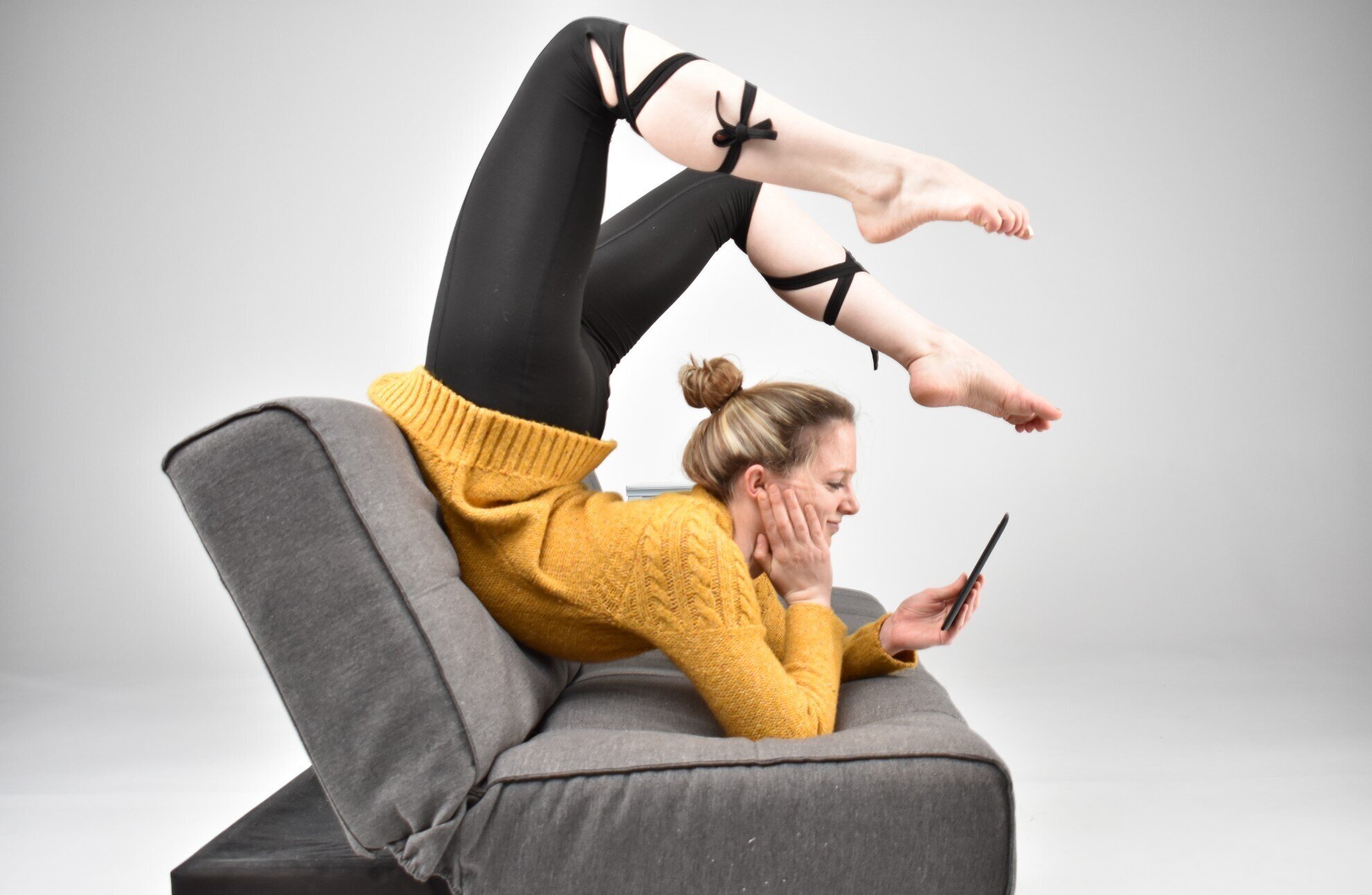TIPS, TRICKS & HOW-TOs
The Bendy Blog: Flexibility Training Articles
Filter posts by topic:
All Posts / Bridges / Contortion / Front Splits / General Back Flexibility / General Flexibility Tips / General Lower Body Flexibility / Middle Splits / Neurodynamics / Shoulders / Straddles / Yoga /

Why (and How) to Warm Up Before Stretching
Do you really need to warm up before stretching? Isn’t stretching usually a “warm up” for other workouts?
This really depends on the type of training you plan on working on. The goal of “warming up” is to prepare your body - your muscles, your joints, your cardiovascular and nervous systems, etc. - for your upcoming workout. For some hobbies, like martial arts or pole dancing, that often means including stretches as part of the warm up to be able to use that flexibility in their skill work.
But what about for flexibility training as a “work out?” This is where it really depends on the intensity of the stretching you’ll be doing.
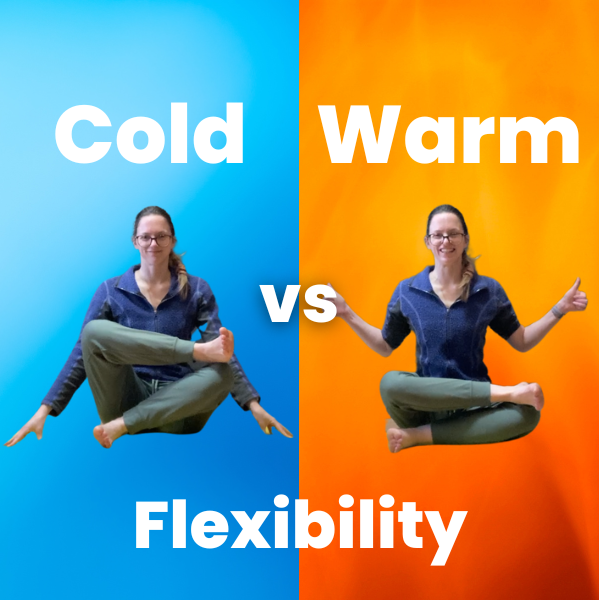
“Cold” vs. “Warm” Flexibility (and How to Improve Your Cold Flexibility)
Do you ever feel like you make some good progress during a stretching session, only to have your flexibility revert back to it’s previous less-bendy state the next day? Or maybe you notice you’re able to stretch deeper after a heavy workout like weightlifting than trying to stretch randomly in the middle of the day? Do you have long-term goals to be able to touch your toes or drop into the splits without doing any kind of warm up? All of these are related to the difference between our warm vs. our cold flexibility.

10 Great YouTube Channels for Flexibility Anatomy Education
Last week I posted about some of my favorite InstagramLast week I posted about some of my favorite Instagram accounts to follow for flexibility education - to keep that same theme going, I also want to share some of my favorite YouTube channels. Like I mentioned in my last post, I’ve never taken an actual anatomy class, so all of my anatomy training has been through taking workshops, and teaching myself with whatever content I can find. Luckily there are some fabulous content creators on YouTube that make this SO easy (and fascinating!) for folks who want to learn more about their anatomy, and how to start applying this knowledge to flexibility training.
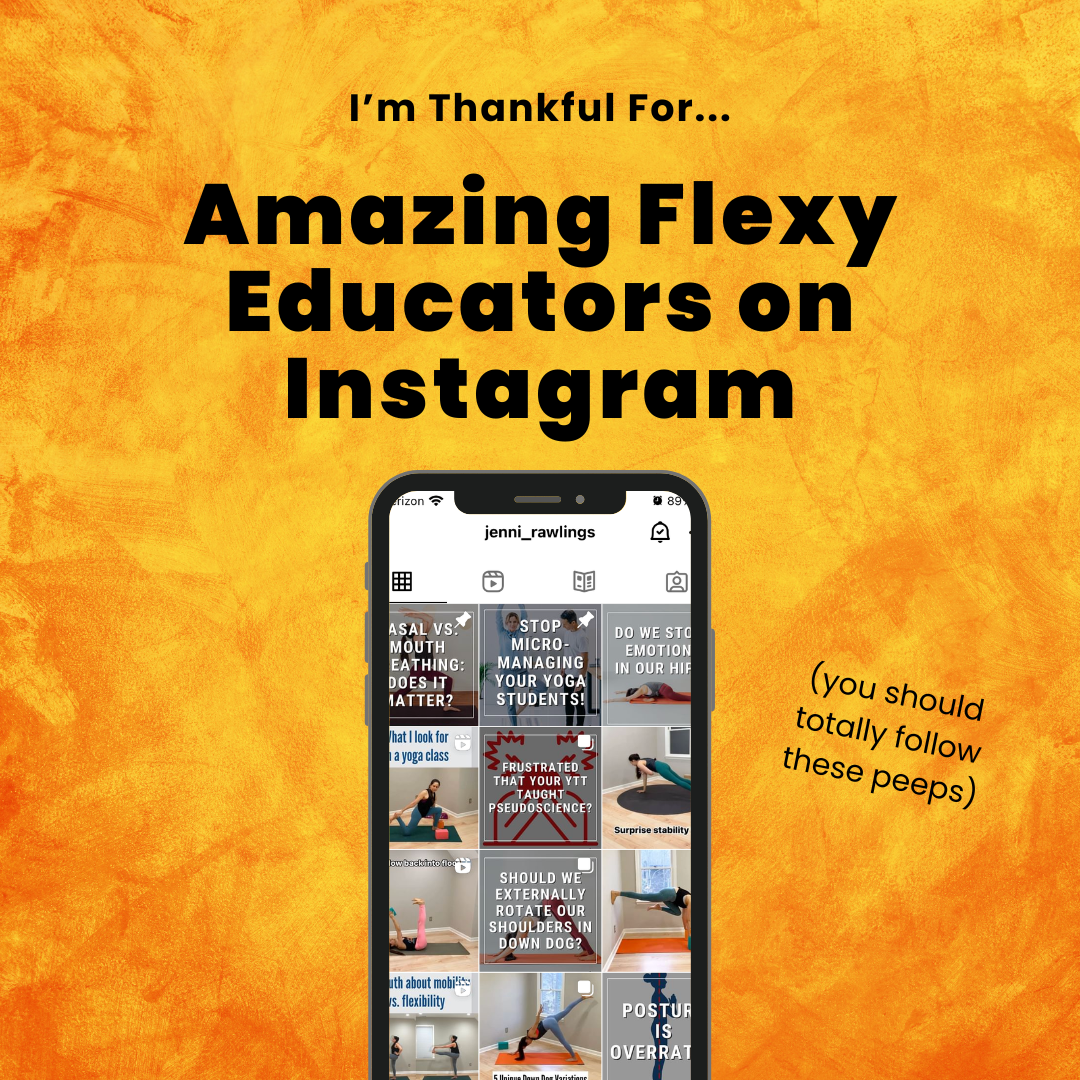
My Top 5 Insta Accounts to Follow for Flexibility Education
‘Tis the season to be thankful - and I’m kicking off this Thanksgiving week (albeit belatedly, since it’s already Tuesday…) with a roundup of some of the Instagram content producers I am most thankful for. We are lucky to live in an age where there are SO many smart instructors, movers, and educators that are passionate about sharing their knowledge of flexibility training with others for free - here is a list of my “Top 5” (and then a whoooooole lot of “honorable mentions”) that are absolutely worth following to help you on your flexy journey.

Passive Stretching is Not the Devil
Passive stretching has gotten a bad rap y’all.
While there has been a lot of research to support that just passive stretching isn’t a great way to increase your flexibility, and most people make more, faster, progress by including drills that focus on their active flexibility - that doesn’t mean you should stop doing passive stretches!

What to “Do” on Your Rest and Active Recovery Days
Not everyone likes to “take a day off” when it comes to training, whether it’s the mental challenge of feeling like you’re “not doing enough” or you feel like you need to do something every day to build/keep a habit. That’s where shifting your thinking from “do nothing” rest days to “do something” active recovery days can help! Here are some ideas for things you can do on your rest days to help treat your body and ensure it’s getting the blood flow (and rest) it needs to recover from your previous flexy workout.
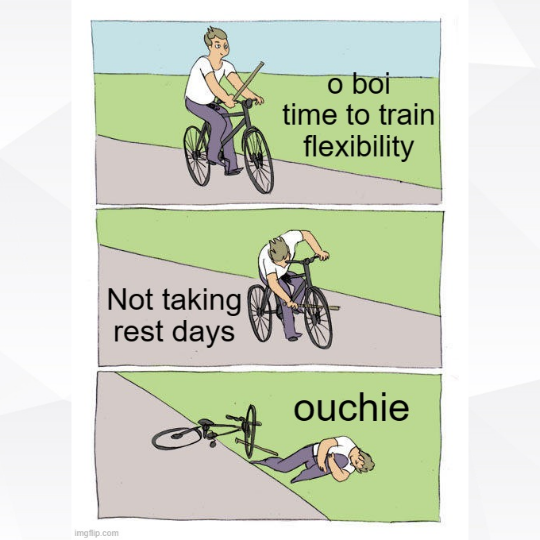
The Importance of Rest Days in Flexibility Training
While we are often tempted to DO ALL THE THINGS when it comes to flexibility training, which may mean enthusiastically stretching every day without fail - this is actually one of the least effective ways to train. Rest days are a critical part of an effective training routine - let’s take a look at why, and how to plan them into your training. You may be pleasantly surprised to see MORE progress only “training” 3-4 days a week instead of every day.
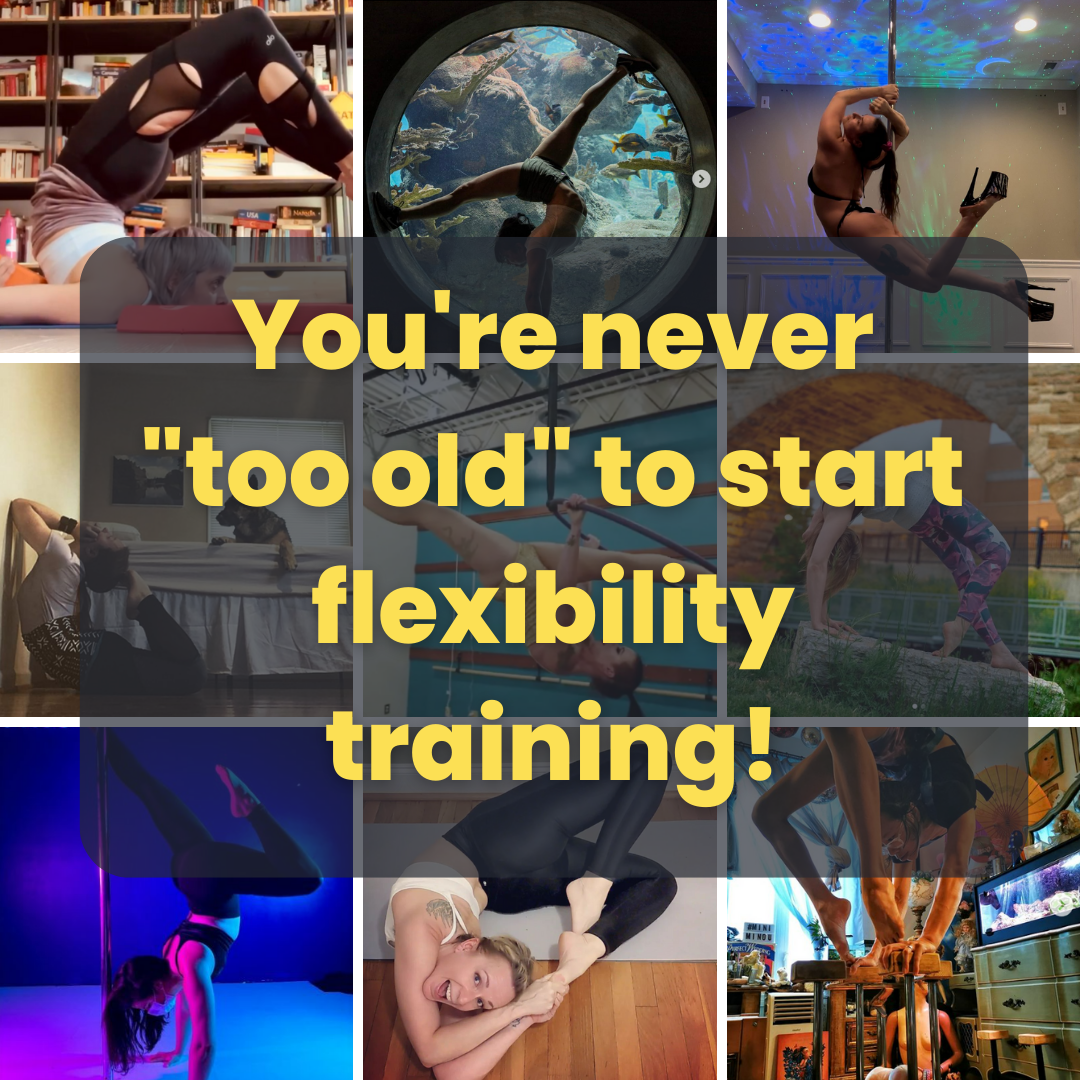
Am I Too Old to Start Contortion? (Spoiler Alert: HECK No)
I see this question all. the. time. on Reddit (shoutout to all my flexy practitioners in r/flexibility!) and all over the internet for that matter.
The short answer is no you’re not “too old,” literally anyone can start working on flexibility even if you’ve been a total slug your whole life.
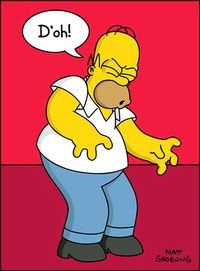
Not Making Progress Stretching? 7 Reasons Why
Generally speaking, most people who have an effective training regimen can expect to see (or feel) some sort of progress in about 4-6 weeks. So if you’ve been diligently stretching for months but aren’t seeing any progress, it’s time to look at your stretching routine.
These are some of the most common mistakes I see people make when it comes to trying to train flexibility that can inhibit progress (or even lead to injury - backwards progress)…

“Diagnosing” Muscle Tightness vs. Nerve Tension
The role of our nervous system on flexibility training is something I wish I learned about way earlier in my training (because, spoiler alert, it needs to be treated totally different from our muscular system). This post is aimed to help get y’all up to speed on the basics of “neurodynamics” in flexibility training so you can start to understand the role your unique nerves play in your own personal training.

Best Practices for Flexibility Training - How to Maximize Progress
I’ve written before about how there are a zillion things from your genetics to how much you slept last night that can impact how long it takes to make progress with your flexibility training (which is also why if someone promises they can “get your splits fast!” you should know they’re full of crap). While there are some things you can’t control (hypermobility disorders, bone structure, etc.) there are plenty of things you CAN influence to optimize your flexibility training
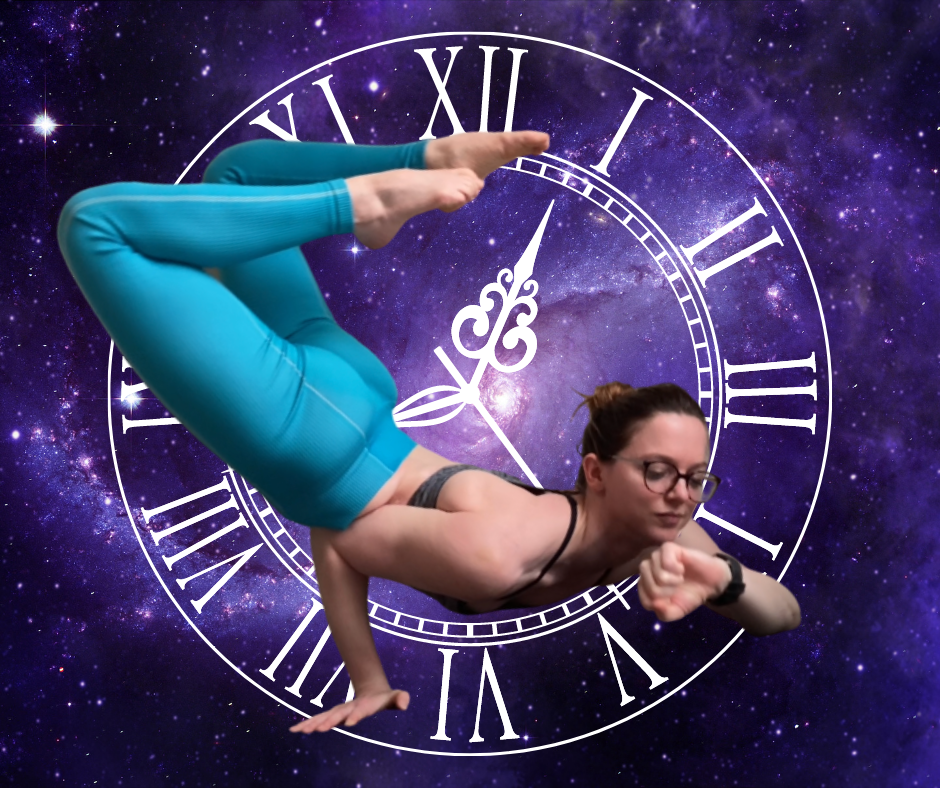
When is the Best Time to Stretch?
If you’re interested in optimizing your flexibility training, you might be trying to find the “best” time to stretch to see the most results. What if you feel stiff every morning when you wake up? Or exhausted after a long work day and struggle to find the motivation? Or work non-traditional hours? When IS the best time?

